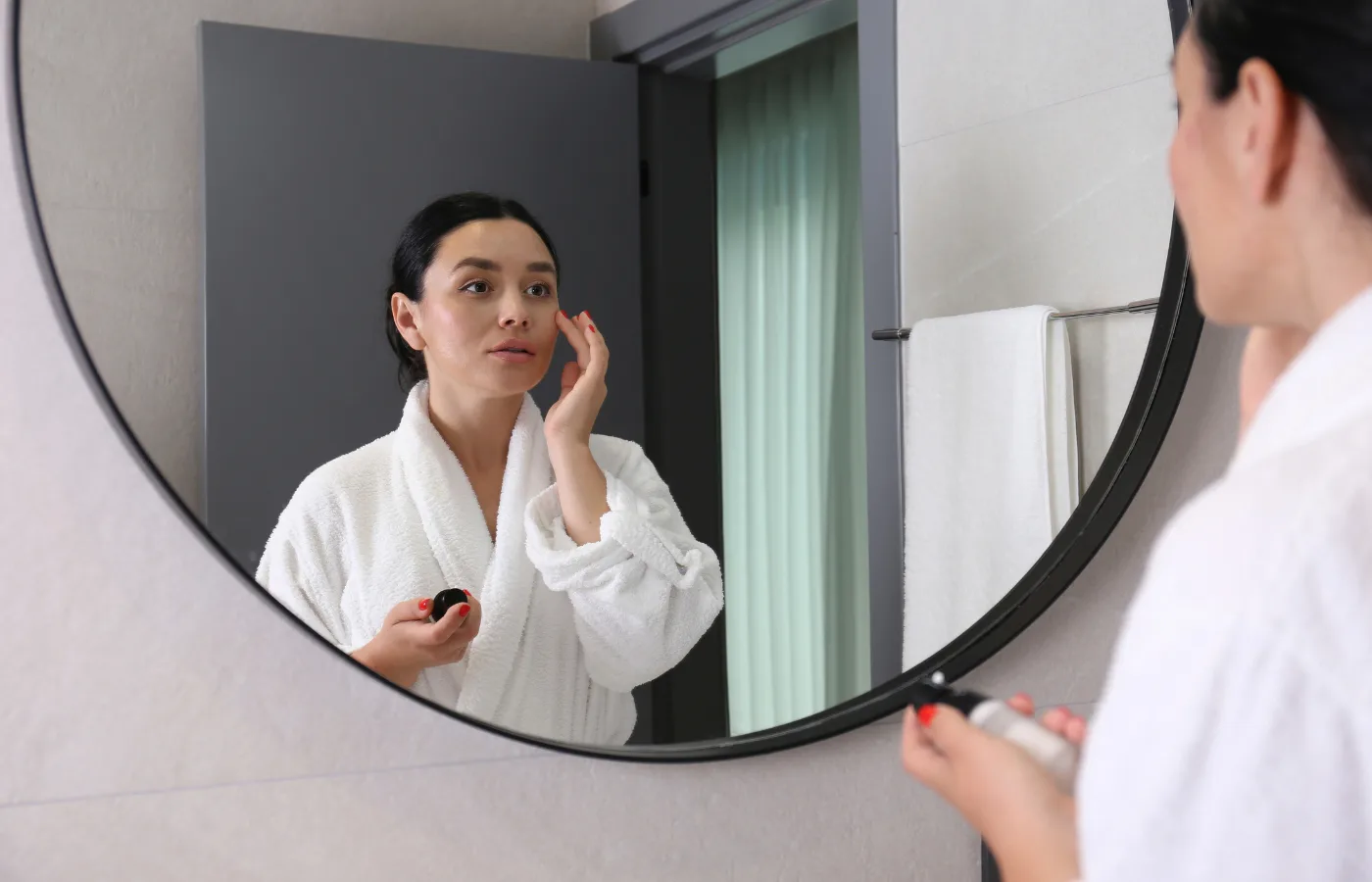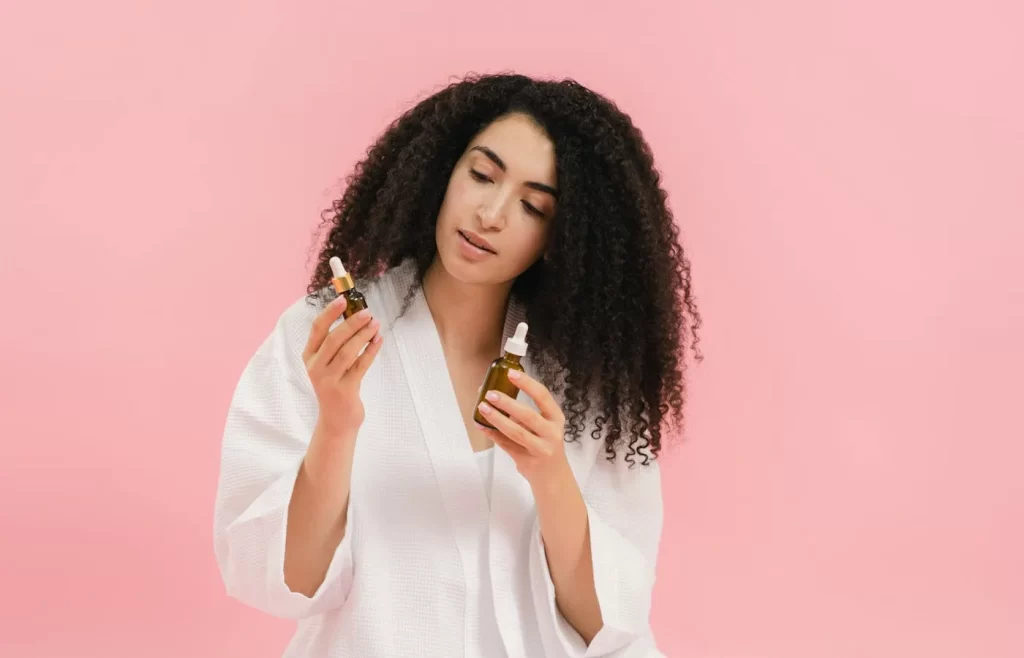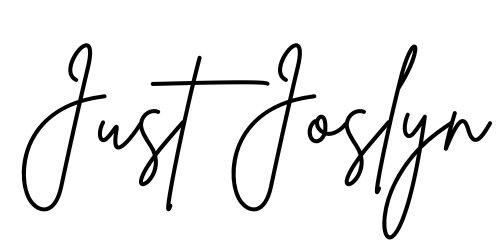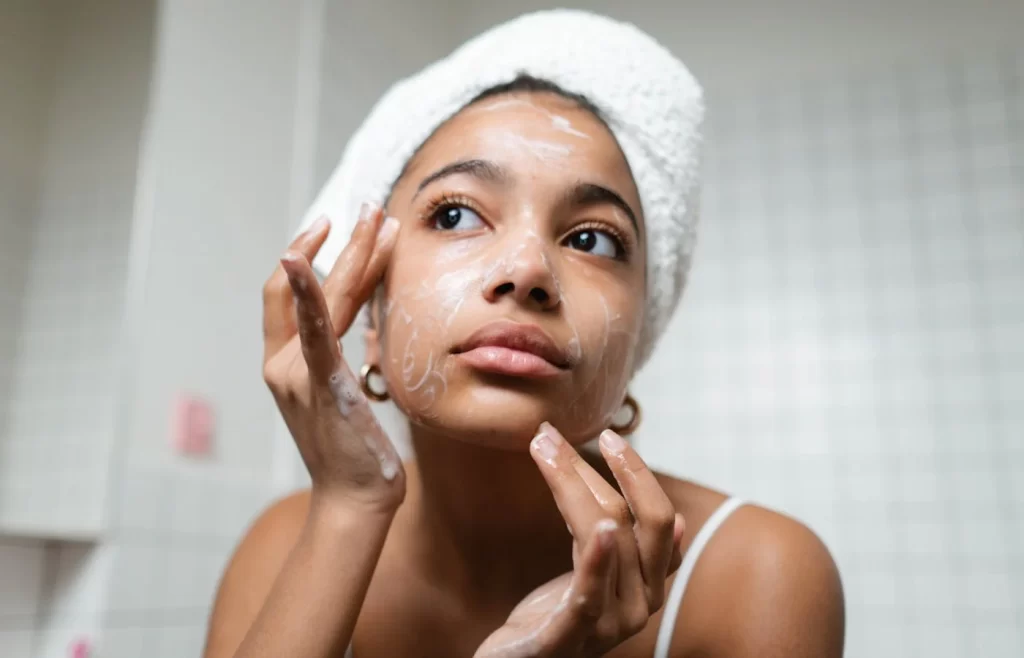
Starting a skincare routine can feel overwhelming, especially if you’re a beginner. With so many products and steps to choose from, it’s hard to know where to begin. The good news is, you don’t need a complicated routine to see results. In this post, I’ll walk you through how to start a skincare routine for beginners that’s easy to follow and effective. By focusing on a few key steps, you can build a routine that works for your skin and keeps it healthy.
Related: Simple 7-Step Korean Glass Skin Routine
How To Start a Skincare Routine For Beginners:
Know Your Skin Type
Before you start building your skincare routine, it’s important to know your skin type. Understanding whether you have dry, oily, combination, sensitive, or normal skin will help you choose the right products.
Here’s a quick guide to identifying your skin type:
- Dry skin: Feels tight, flaky, or rough, especially after washing.
- Oily skin: Gets shiny and feels greasy, particularly in the T-zone (forehead, nose, chin).
- Combination skin: A mix of both dry and oily areas, usually oily in the T-zone and dry on the cheeks.
- Sensitive skin: Easily irritated, prone to redness or itching when using certain products.
- Normal skin: Feels balanced, not too dry or oily, and rarely has breakouts.
Once you know your skin type, you’ll be able to choose products that address your skin’s specific needs, making your skincare routine more effective.
Start Skincare Routine with These Basic Steps

Now that you know your skin type, it’s time to start building a basic skincare routine. Here are the three essential steps that every beginner should follow:
1. Cleanser
Cleansing your skin is the first and most important step. It removes dirt, oil, and makeup, leaving your skin fresh and ready for the next steps.
- How to choose: If you have oily or acne-prone skin, opt for a gel or foam cleanser. For dry or sensitive skin, a cream or hydrating cleanser works best.
- When to use: Cleanse your face twice a day—once in the morning and once at night.
2. Moisturizer
After cleansing, it’s important to moisturize to keep your skin hydrated and balanced. A good moisturizer locks in moisture and helps maintain your skin’s barrier.
- How to choose: Look for a lightweight, oil-free moisturizer if you have oily or combination skin. For dry or sensitive skin, choose a thicker cream with hydrating ingredients like hyaluronic acid or ceramides.
- When to use: Apply moisturizer twice a day, after cleansing.
3. Sunscreen
Sunscreen is the key to protecting your skin from sun damage, which can cause premature aging and even skin cancer. Always use a broad-spectrum sunscreen with SPF 30 or higher.
- How to choose: Look for a sunscreen that suits your skin type—matte for oily skin, hydrating for dry skin.
- When to use: Apply sunscreen every morning, even on cloudy days or if you’re staying indoors.
By sticking to these three simple steps—cleanse, moisturize, and protect—you’ll have the foundation of a solid skincare routine!
Optional Steps for Extra Benefits
Once you’ve got the basics down, you can start adding optional steps to your routine to target specific skin concerns. These aren’t necessary for everyone, but they can provide extra benefits depending on your skin’s needs.
1. Toner
Toners and essences are great for extra hydration, and some toners can also provide gentle exfoliation.
- Why use it: Toners can hydrate, soothe, or control oil production, depending on the formula.
- How to use: Apply toner after cleansing, using a cotton pad or your hands to gently pat it into your skin.
2. Serums
Serums are lightweight, concentrated treatments that target specific skin concerns like dark spots, fine lines, or acne. They contain active ingredients that penetrate deeply into the skin.
- Why use it: Choose a serum based on your skin’s needs—vitamin C for brightening, niacinamide for oil control, or hyaluronic acid for hydration.
- How to use: Apply a few drops of serum after cleansing and before moisturizing.
3. Exfoliation
Exfoliating helps remove dead skin cells, leaving your skin smoother and more radiant. However, it’s important not to overdo it, especially if you’re a beginner.
- Why use it: Exfoliation can improve skin texture, unclog pores, and boost the effectiveness of other products.
- How to use: Start with exfoliating once or twice a week, using a chemical exfoliant (AHAs or BHAs).
4. Eye Cream
The skin around your eyes is delicate, so eye creams are formulated to target concerns like puffiness, dark circles, or fine lines.
- Why use it: If you notice tired eyes or signs of aging, an eye cream can help brighten and smooth this area.
- How to use: Apply a small amount of eye cream using your ring finger, gently patting it around the eyes after moisturizing.
These steps can enhance your routine, but they’re optional and can be introduced slowly as you get more comfortable with your skincare basics.
Related: The Ultimate Pregnancy-Safe Skincare Routine
Avoid Overcomplicating the Routine

When starting a skincare routine, it’s easy to feel tempted to try multiple products at once. However, it’s best to keep things simple, especially as a beginner. Overcomplicating your routine with too many products or strong active ingredients can lead to irritation or breakouts.
Start Simple
Stick to the basics: cleanser, moisturizer, and sunscreen. This gives your skin a chance to adjust to a routine without overwhelming it with new products. Once you’ve built a good foundation, you can gradually add other steps, like serums or toners.
Introduce New Products Slowly
When trying new products, add them one at a time, allowing a few weeks between introducing each one. This helps you monitor how your skin reacts and pinpoint any potential irritation.
Patch-Test New Products
Before using a new product on your face, it’s important to do a patch test to check for any allergic reactions or irritation. Apply a small amount of the product on your wrist or behind your ear, and wait 24–48 hours. If no reaction occurs, it’s safe to use on your face.
Avoid Using Too Many Actives
If you’re using products with active ingredients like retinol, vitamin C, or exfoliating acids, avoid layering them all at once. Using too many active ingredients can lead to sensitivity, dryness, or irritation. Start slow and use these products only a few times a week until your skin builds tolerance.
By keeping your routine simple and being mindful of new products, you’ll avoid overwhelming your skin and set yourself up for long-term success.
Consistency Is Key
When learning how to start a skincare routine for beginners, consistency is key. One of the most important aspects of a skincare routine is consistency. Skincare isn’t about seeing instant results; it’s about building long-term habits that keep your skin healthy over time.
Stick to Your Routine
Results take time, so it’s essential to stick to your routine every day. Consistent use of cleanser, moisturizer, and sunscreen will help protect and nourish your skin. The benefits of optional steps like serums or exfoliation will also become more noticeable when used regularly.
Be Patient
It’s tempting to expect immediate results, but skincare improvements typically take a few weeks to show. Give products time to work, and avoid switching products too quickly. For example, products like acne treatments or anti-aging serums may take up to 6–8 weeks to show visible results.
Adjust Based on Your Skin’s Needs
As your skin changes with the seasons, age, or lifestyle, your routine might need small adjustments. If your skin becomes drier in the winter, consider adding a richer moisturizer. If it gets oilier in the summer, switch to a lighter formula. The key is to listen to your skin and adjust your routine as needed without overhauling it.
With consistency and a bit of patience, you’ll start to notice healthier, glowing skin that responds well to your routine.
There you have it—that’s how to start a skincare routine for beginners! By focusing on the essential steps of cleansing, moisturizing, and protecting your skin with sunscreen, you’ll create a solid foundation for healthy skin. Remember to be patient and consistent, and introduce new products gradually. With these simple tips, you’ll be well on your way to achieving the glowing skin you desire!



